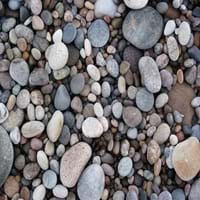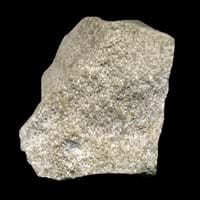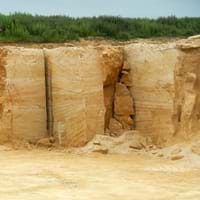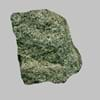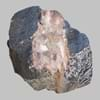Oolite is a sedimentary rock formed from ooids, spherical grains which are composed of concentric layers of calcite 0
From oo- + -lite, after German Oolit. A rock consisting of fine grains of carbonate of lime 0
Durable Rock, Medium Hardness Rock 0
Fine Grained Rock, Opaque Rock 0
Black, Blue, Brown, Cream, Green, Grey, Pink, Red, Silver, White, Yellow 0
Decorative Aggregates, Flooring, Interior Decoration 0
As Building Stone, As Facing Stone, Garden Decoration, Paving Stone 0
Cement Manufacture, Cobblestones, Landscaping 0
Creating Artwork, Jewelry, Used in aquariums 0
Available in lots of colors, Generally rough to touch, Very fine grained rock 0
Archaeological Significance
0
Oolites form when layers of calcite are deposited around a sand grain or fossil piece and are rolled around in calm water, which makes them round. 0
Calcite, Chert, Clay, Dolomite, Quartz, Sand, Silt 0
Aluminium Oxide, Ca, NaCl, CaO, Iron(III) Oxide, FeO, MgO 0
Biological Weathering, Chemical Weathering, Mechanical Weathering 0
Chemical Erosion, Coastal Erosion 0
Heat Resistant, Wear Resistant 0
Deposits in Eastern Continents
0
Brunei, India, Indonesia, Malaysia, Singapore, Thailand, Vietnam 0
Cameroon, Chad, Ghana, Kenya, Malawi, Sudan, Tanzania, Togo, Zambia, Zimbabwe 0
Deposits in Western Continents
0
Deposits in Oceania Continent
0
Adelaide, New Zealand, Queensland, Tonga, Victoria, Yorke Peninsula 0
Information about Oolite
Rocks are naturally occurring solids which are composed of minerals & have been used by humans since ages. From Stone Age, rocks are used for various purposes. Also, the metals and minerals found in rock play an important role in our life. Get to know all the Oolite Uses. We have provided you with all information about Oolite rock here. Oolite is a sedimentary rock formed from ooids, spherical grains which are composed of concentric layers of calcite. Oolite is available in black, blue, brown, cream, green, grey, pink, red, silver, white, yellow colors. The streak of a rock is the color of powder produced when it is dragged across an unweathered surface. The streak of Oolite is white. Get to know more about Oolite rock and characteristics of Oolite rock in the next sections.
